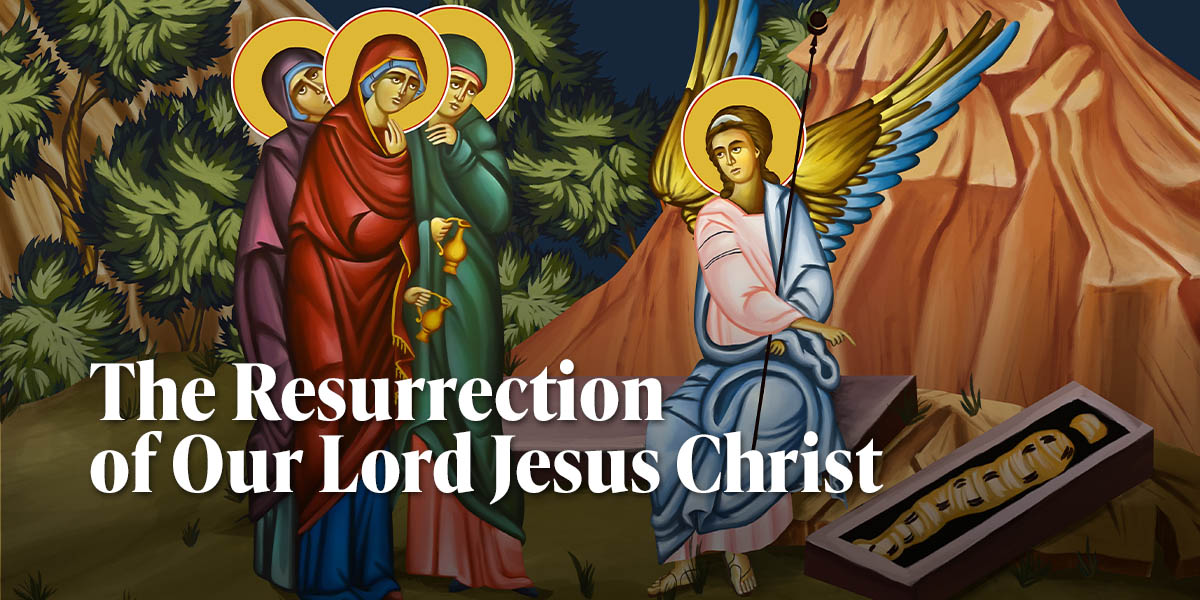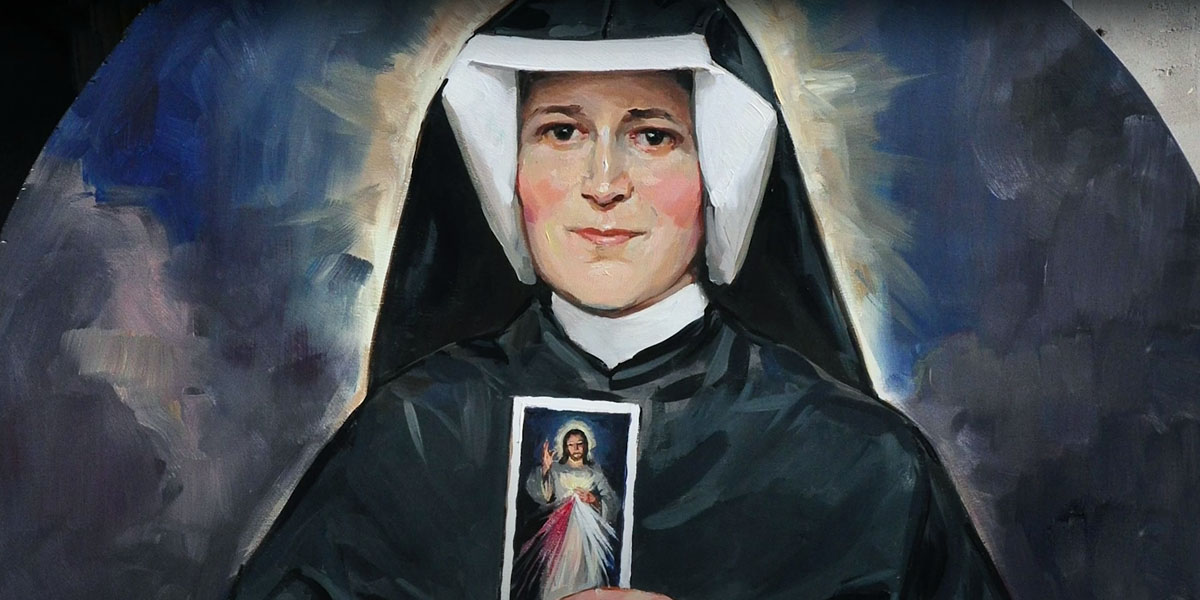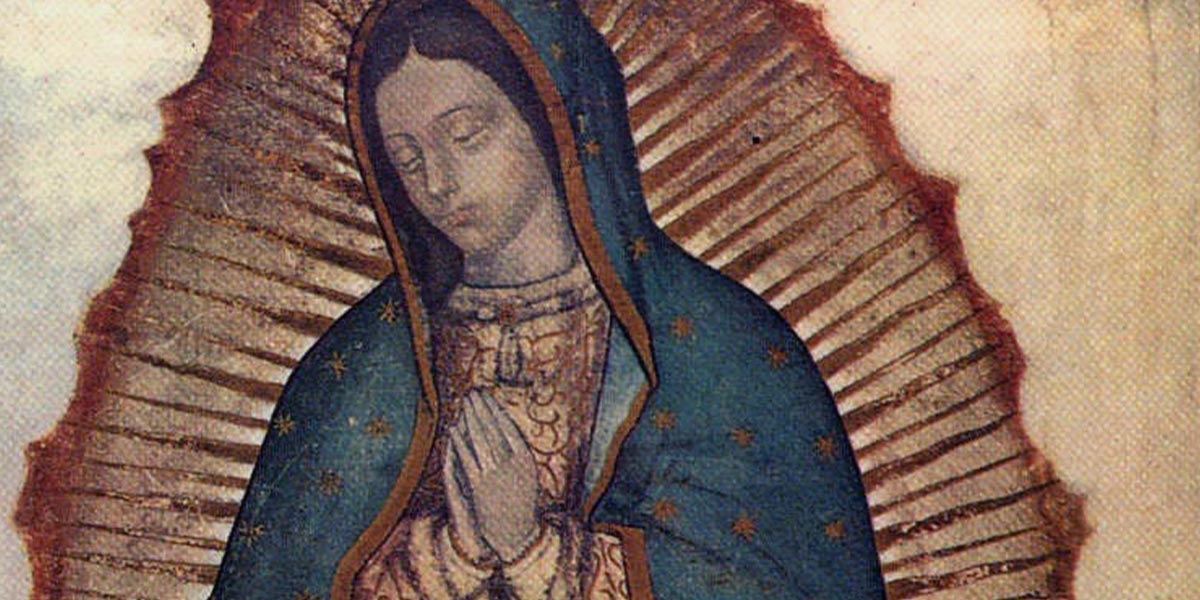
It is because of His immense love for humanity that Our Lord Jesus Christ offered His life at Calvary in order to gain our salvation. And withHis resurrection, He gave us eternal hope that we can also reach the kingdom of our Father in Heaven. The Resurrection of Our Lord Jesus Christ is one of the most important aspects of our Catholic faith. With this event, Our Lord had clearly shown His holiness, power and divinity.






